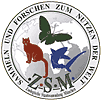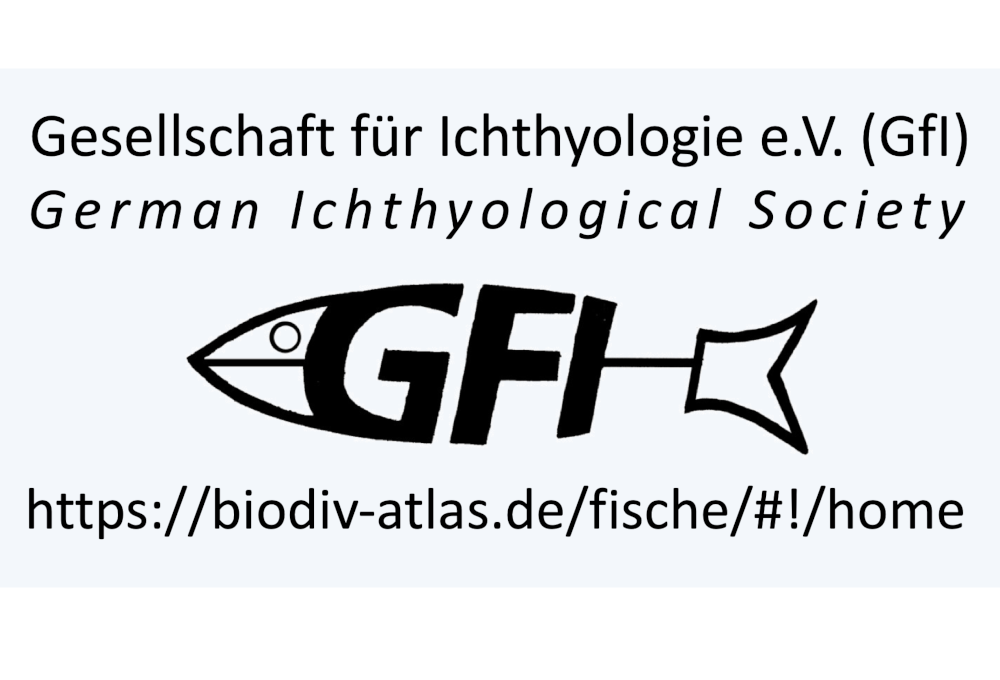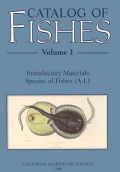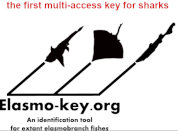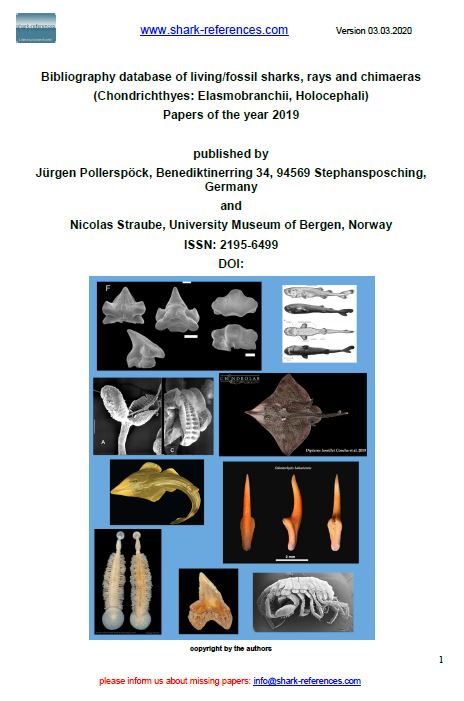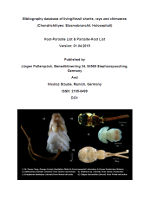Isurus winkleri
(Vincent, 1876)
Classification: Elasmobranchii Lamniformes Lamnidae
Reference of the original description
Description de la faune de l'étage Landénien inférieur de Belgique. Annales de la Société royale malacologique de Belgique, 11, 111–160
Description de la faune de l'étage Landénien inférieur de Belgique. Annales de la Société royale malacologique de Belgique, 11, 111–160
Types
Isurus winkleri
Isurus winkleri
Description:
Citation: Isurus winkleri (Vincent, 1876): In: Database of fossil elasmobranch teeth www.shark-references.com, World Wide Web electronic publication, Version 12/2025
Remarks
shark-references Species-ID=3323;
Taxonomic remarks (pers. com. T. Reinecke, Bochum, 01/2025: Vincent (1876, p. 125, pl. 6, fig 3) [2470] named a single tooth from the Hannut Formation (“Lower Landenian”), lower Thanetian, of Wansin near Hannut, Belgium as Oxyrhina winkleri. The holotype is deposited at the Institute of Natural Sciences Brussels as IRSNB P 00002. The specimen, probably a lateral tooth of the upper jaw, has a distally slightly inclined, relatively slender but not very high crown, broad root branches (of which the mesial branch is basally and marginally damaged), and a pair of low, rounded lateral cusplets, of which the mesial is lower than the distal and separated from the main cusp by a shallow notch.
Cappetta (2006, p. 250) [351] synonymized Oxyrhina winkleri Vincent, 1876 without further discussion with the Middle Eocene species Oxyrhina nova Winkler, 1874 (= Anomotodon novus (Winkler, 1874)). A new illustration of the type specimen and its 3D-model cast doubt on this assessment. In particular, the course of the crown heels is atypical for lateral teeth of Anomotodon novus (Winkler, 1874), where the cutting edges on the lateral heels slope in a basal direction, but do not form low cones or convex tips as in Oxyrhina winkleri (compare with Casier, 1967 [422], pl. 7, fig 9; Nolf, 1988 [1813], pl. 32; Van den Eeckhaut & De Schutter, 2009 [6205], pl. 15, figs 4, 9, 10; and www.shark-references.com/species/view/Anomotodon-novus). Alternatively, we suggest the holotype of Oxyrhina winkleri to be placed in synonymy with Striatolamia striata (Winkler, 1874), whose lateral teeth have very similar features to the holotype and are common in the Thanetium of Belgium and northern France (e.g., Casier, 1967 [422]; Baut & Génault, 1995 [147]).)
shark-references Species-ID=3323;
Taxonomic remarks (pers. com. T. Reinecke, Bochum, 01/2025: Vincent (1876, p. 125, pl. 6, fig 3) [2470] named a single tooth from the Hannut Formation (“Lower Landenian”), lower Thanetian, of Wansin near Hannut, Belgium as Oxyrhina winkleri. The holotype is deposited at the Institute of Natural Sciences Brussels as IRSNB P 00002. The specimen, probably a lateral tooth of the upper jaw, has a distally slightly inclined, relatively slender but not very high crown, broad root branches (of which the mesial branch is basally and marginally damaged), and a pair of low, rounded lateral cusplets, of which the mesial is lower than the distal and separated from the main cusp by a shallow notch.
Cappetta (2006, p. 250) [351] synonymized Oxyrhina winkleri Vincent, 1876 without further discussion with the Middle Eocene species Oxyrhina nova Winkler, 1874 (= Anomotodon novus (Winkler, 1874)). A new illustration of the type specimen and its 3D-model cast doubt on this assessment. In particular, the course of the crown heels is atypical for lateral teeth of Anomotodon novus (Winkler, 1874), where the cutting edges on the lateral heels slope in a basal direction, but do not form low cones or convex tips as in Oxyrhina winkleri (compare with Casier, 1967 [422], pl. 7, fig 9; Nolf, 1988 [1813], pl. 32; Van den Eeckhaut & De Schutter, 2009 [6205], pl. 15, figs 4, 9, 10; and www.shark-references.com/species/view/Anomotodon-novus). Alternatively, we suggest the holotype of Oxyrhina winkleri to be placed in synonymy with Striatolamia striata (Winkler, 1874), whose lateral teeth have very similar features to the holotype and are common in the Thanetium of Belgium and northern France (e.g., Casier, 1967 [422]; Baut & Génault, 1995 [147]).)
References

Les Sélaciens des terrains néocrétacés et paléocènes de Belgique et des contrées limitrophes. Eléments d'une biostratigraphie intercontinentale. Mémoires pour servir à l'explication des Cartes géologiques et minières de la Belgique, 15, 1–401

Les Sélaciens des terrains néocrétacés et paléocènes de Belgique et des contrées limitrophes. Eléments d'une biostratigraphie intercontinentale. Mémoires pour servir à l'explication des Cartes géologiques et minières de la Belgique, 15, 1–401
